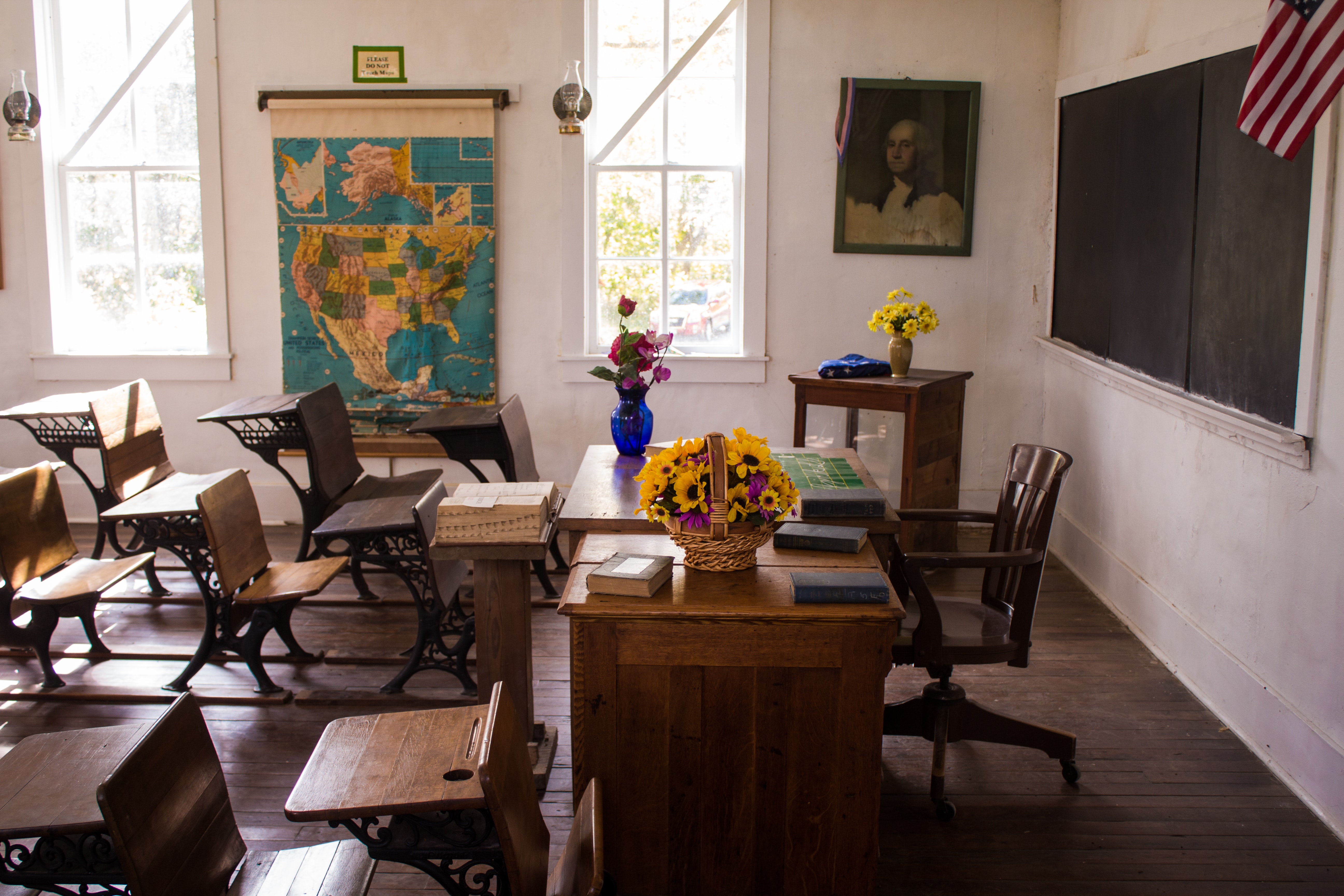Helping students apply social and emotional learning in real life

How much time should teachers spend to work on social and emotional learning (SEL) with students? The answer is that there is no time limit. SEL has to be taught and embedded throughout the day, in order for these learnings to permeate real life.
Picking up skills and hearing examples in school is one thing; however, connecting the dots in real life is another. To bridge the gap between personal development and real-world application, here are some tips.
Integrate SEL within all classes
Research has shown that SEL programmes need to be integrated into subjects, rather than be a standalone class about feelings. This will send a message to students that SEL is not something that ends once the bell rings after an hour-long session.
If you want to integrate SEL, do a stock take of the current curriculum and look for social, emotional and moral components. These are opportunities to tie in SEL skills. Find a creative way to include SEL or purpose learning throughout lessons. For example, in an arts-and-crafts class, guide students to do some self-reflection before kickstarting the creative process.
Take in student feedback when developing the curriculum
To level up your lesson and make it stand out from something easily found via a quick google, a well-designed curriculum is important. Make it fun, multimedia and unique. How do you create something engaging for students?
Well, why not ask the students themselves! Work with students to share their thoughts on existing lessons and preferences on what can be improved. It would be easiest to hear from the horse’s mouth. Teachers can involve students when thinking about how to use the class period, where they can sit, how they should act and how teaching will go.
Accommodating background differences
There is typically just one teacher in a class, facing tens of students. Each child has a different cultural and social background. It is important to have role models in schools who can mentor minority students or with unconventional family backgrounds.
These teachers, mentors or coaches need to be attuned to cultural and social differences and emotional expression. Do not assume that all students will express things like conflict resolution or relationship building in the same way.
Teachers influence
Teachers (and parents!) need to practise what they preach. Be emotionally aware, intelligent and connected with a sense of purpose. Teachers are the people who set the stage for psychological safety in school. Students must first trust the teacher before they would be willing to open up in front of others.
One way to kickstart the journey of trust would be to be openly vulnerable. Begin by sharing your personal stories – how your day has been, what keeps you going throughout the day and what you love about teaching. This approach has been shown to help students connect better with teachers.
Of course, teachers need to be supported in their endeavors as well. Training and development is extremely important. Proper preparation builds teachers’ confidence and offers a chance to do their own self-exploration.
Teachers and students both need something fresh, exciting and inspiring - SEL will offer this little “extra” to school and give students the skills, mindsets and practices to thrive in a VUCA (volatile, uncertain, complex, and ambiguous) world.



